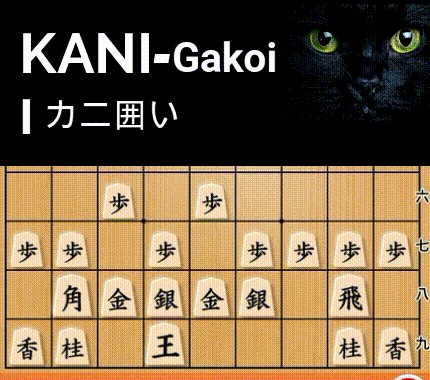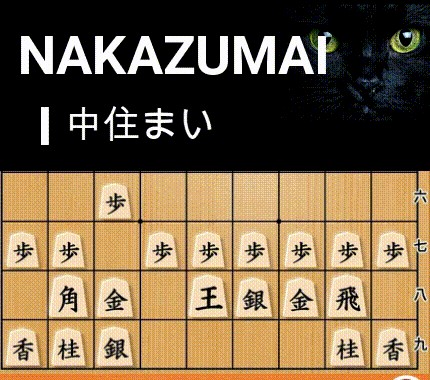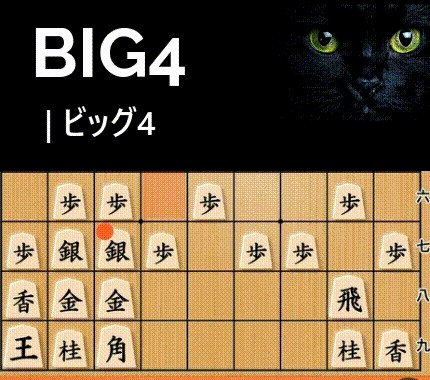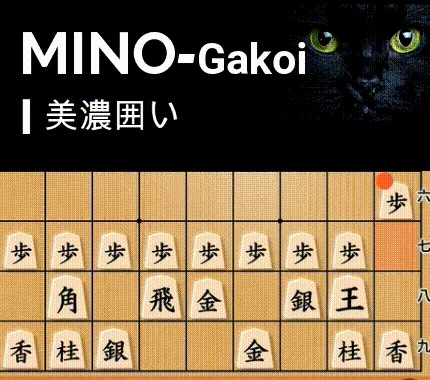List of Shogi Castles: 22 Famous Defense Formations
In shogi, it’s essential to choose the best defensive formation based on your opponent’s strategy.
In chess, there’s a specific move called castling. However, in shogi, the term “kakoi(囲い)” refers not to a single move but to the entire structure you build.
Unlike castling in chess, shogi formations are constructed one move at a time. As you play, you must adapt your defensive structure to counter your opponent’s moves and strategies. This process is a crucial part of the game’s strategy and involves a significant amount of tactical thinking and anticipation.

相居飛車 / AIIBISHA-Setup – Double Static Rook Strategy: Defense Formation
In this setup, both players adopt the “Ibisha” (Static Rook) strategy, where they keep their rook on its original square (the 2nd file for the player and the 8th file for the opponent). This leads to a battle where both players use similar formations, focusing on solid defense and counterattacks. The term “AIIBISHA” indicates that both players are engaging in the same strategy, literally meaning “mutual static rook.”The following Defensive Formations are commonly chosen in this strategy.




View Details≫



居飛車対抗形 / IBISHA Taikoukei-Setup – Static Rook vs. Ranging Rook Strategy: Defense Formation
In this setup, you employ the “Ibisha” strategy (also known as Static Rook), while your opponent adopts the “Furibisha” strategy (Ranging Rook). This creates a “Taikoukei” (Opposing Formation), where the game becomes a clash between your solid defensive setup and your opponent’s more fluid, aggressive approach. The term “Taikoukei” is used when two players choose different strategies, leading to varied tactical battles. The following Defensive Formations are commonly chosen in this strategy.









相振り飛車 / AIFURIBISHA-Setup – Double Ranging Rook Strategy: Defensive Formation
Here, both players choose the “Furibisha” (Ranging Rook) strategy, where they move their rook to a different file (typically the 4th or 5th file) to facilitate an aggressive attack from the side. This leads to dynamic and often unbalanced games. “AIHURIBISHA” means that both players are using the same Ranging Rook strategy, with “AI” signifying mutuality.The following Defensive Formations are commonly chosen in this strategy.






振り飛車対抗形 / FURIBISHA Taikoukei-Setup – Ranging Rook vs. Static Rook Strategy: Defense Formation
In this setup, you employ the “Furibisha” strategy (Ranging Rook), while your opponent adopts the “Ibisha” strategy (Static Rook). This creates a “Taikoukei” (Opposing Formation). The following Defensive Formations are commonly chosen in this strategy.



























